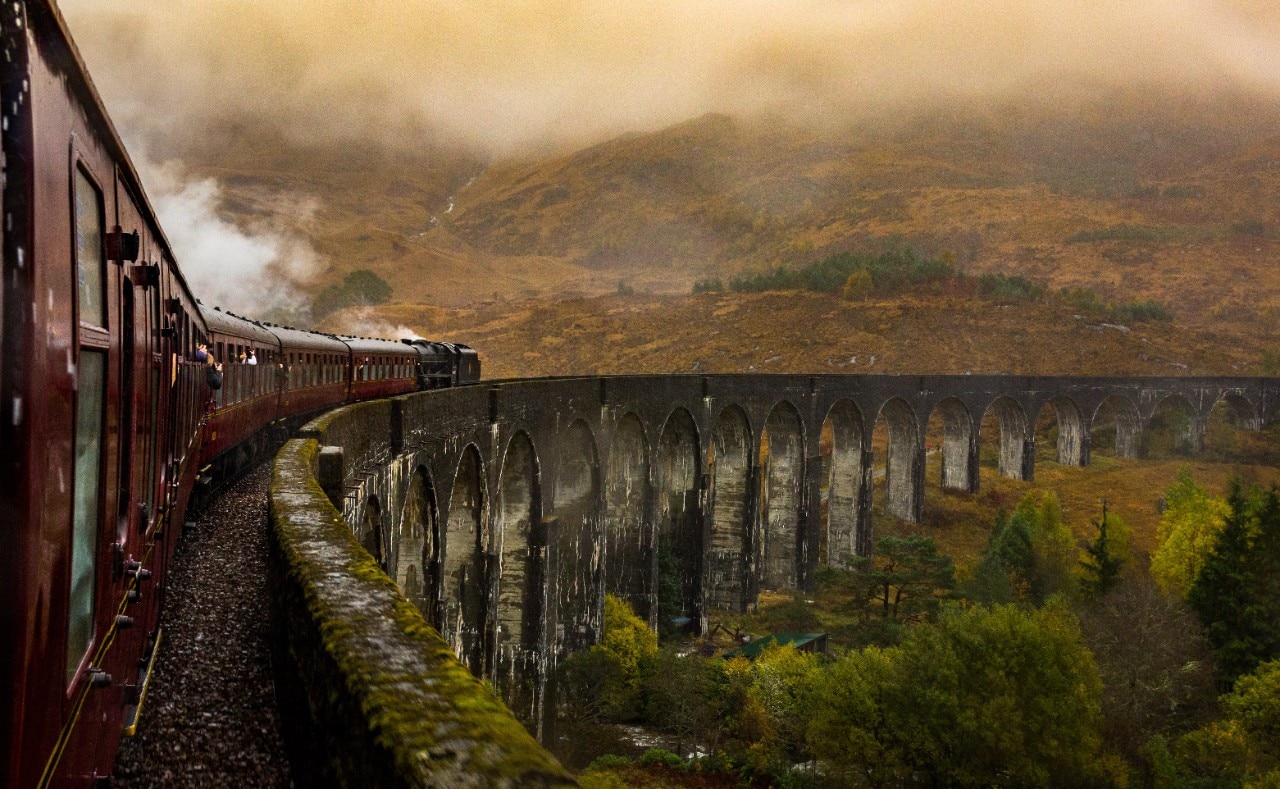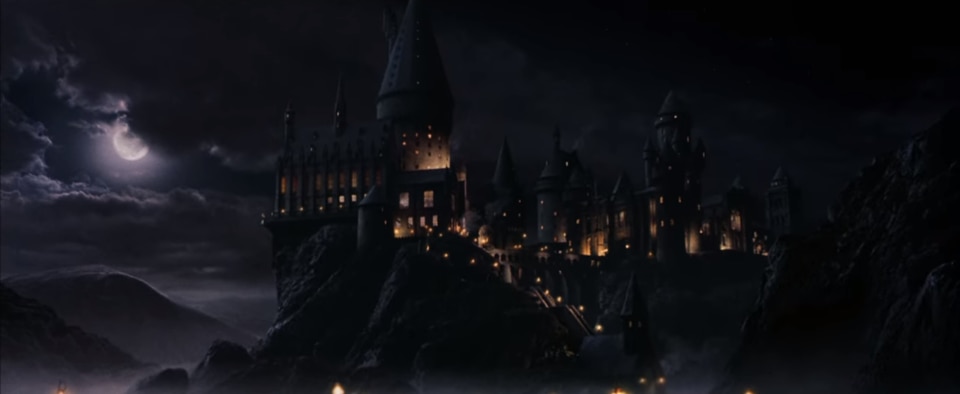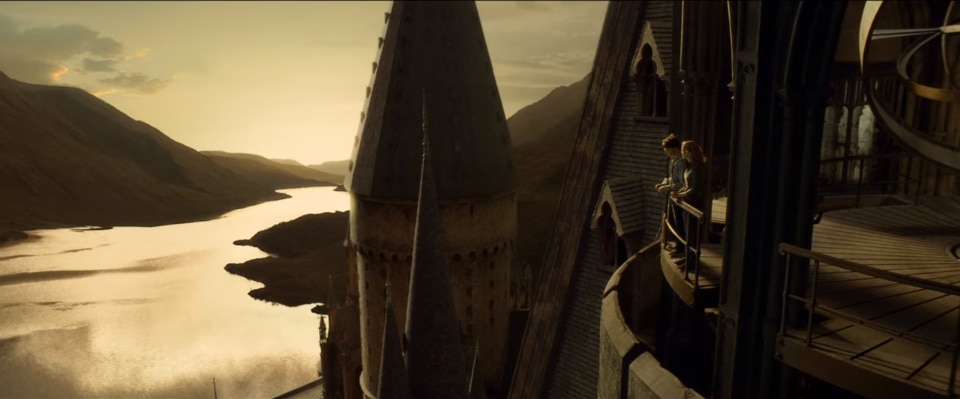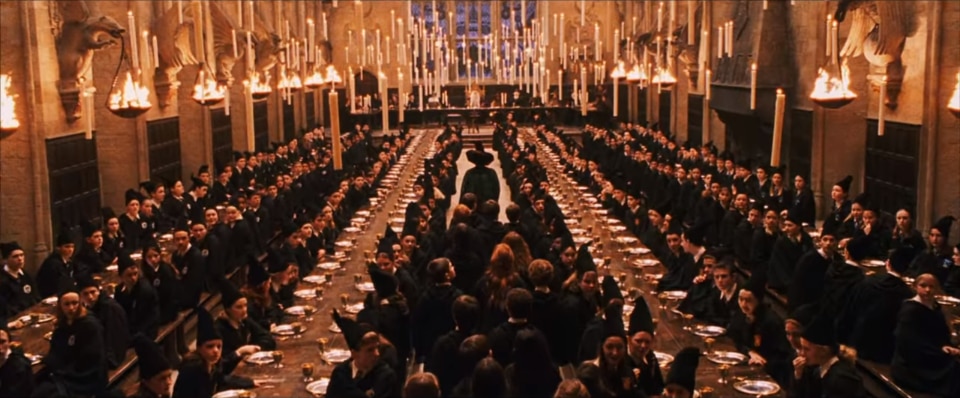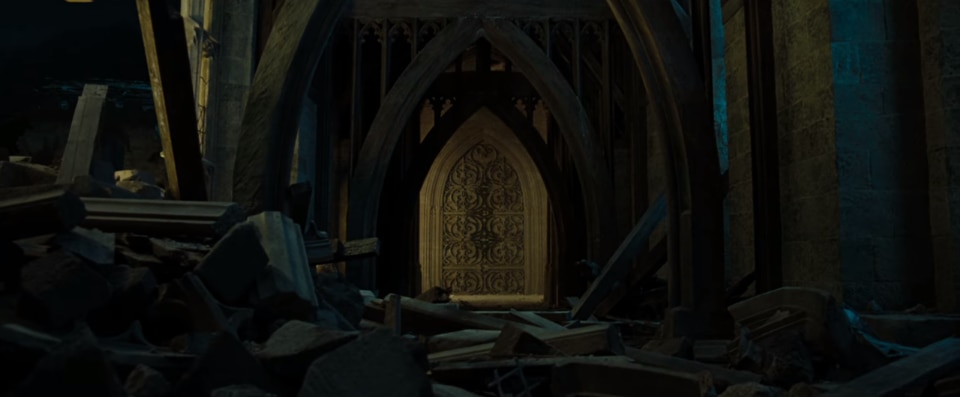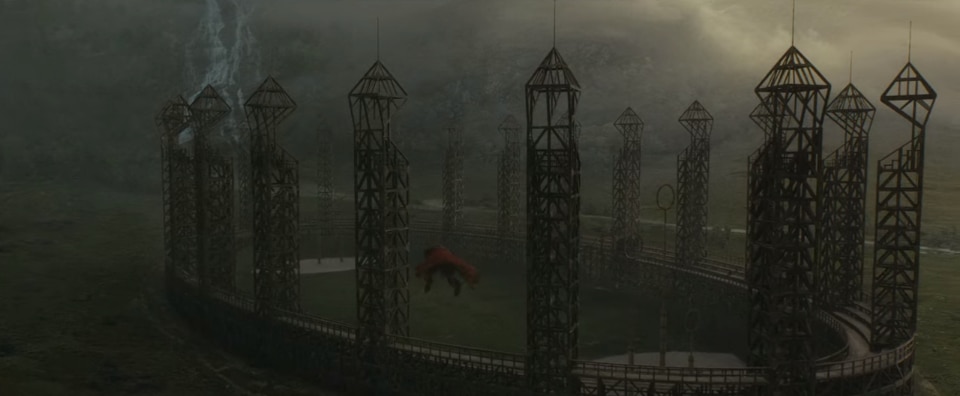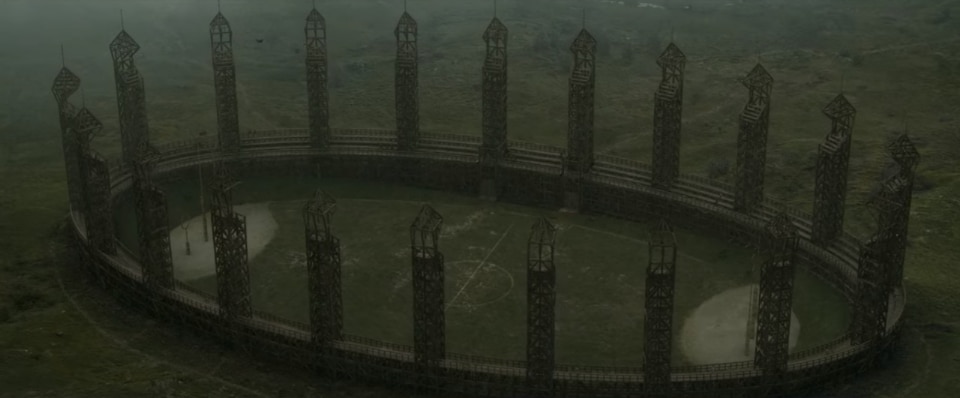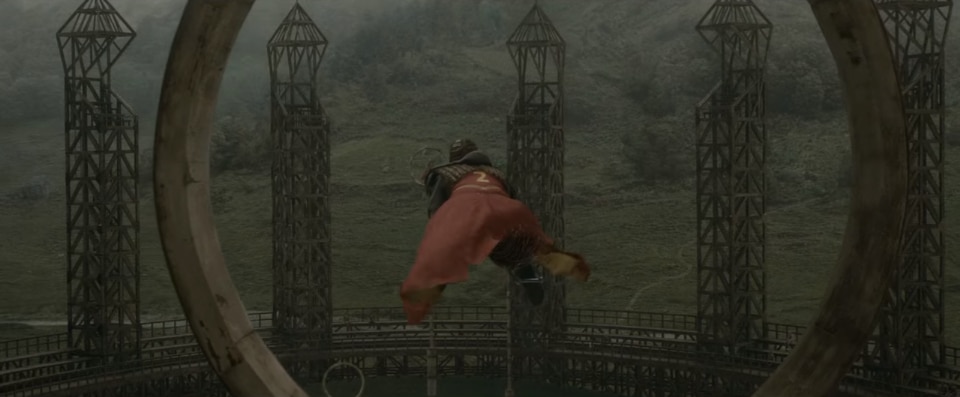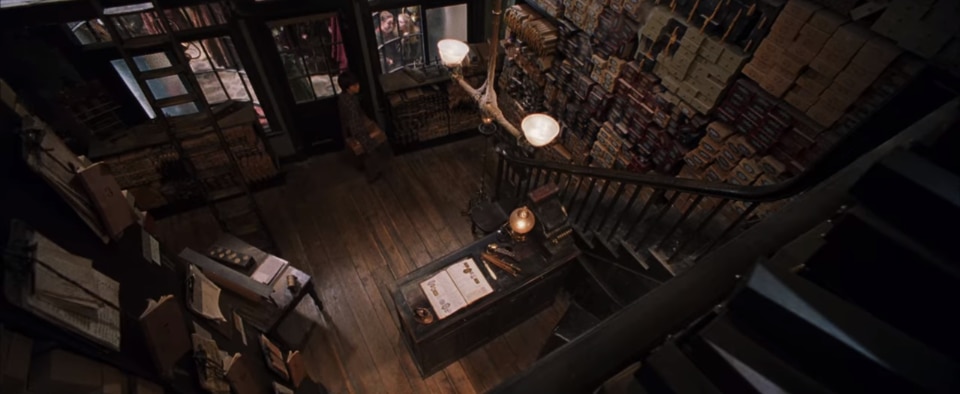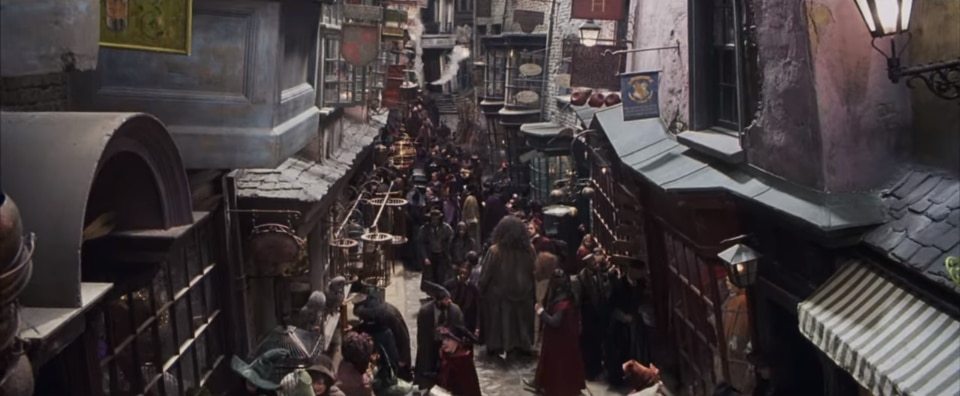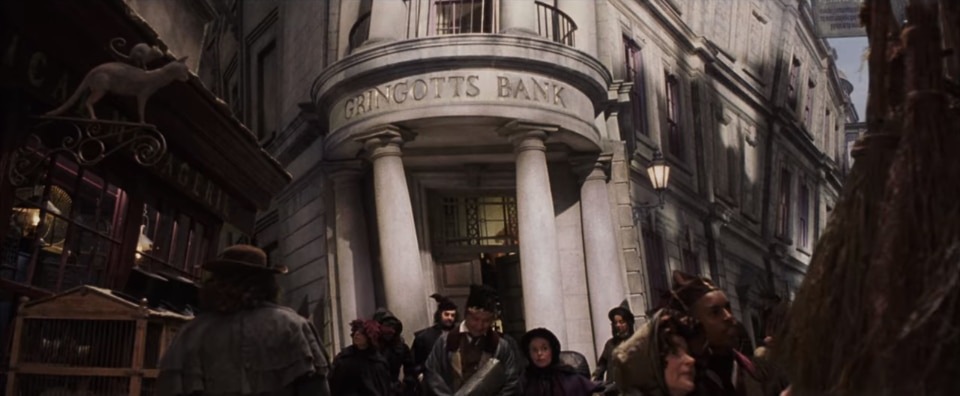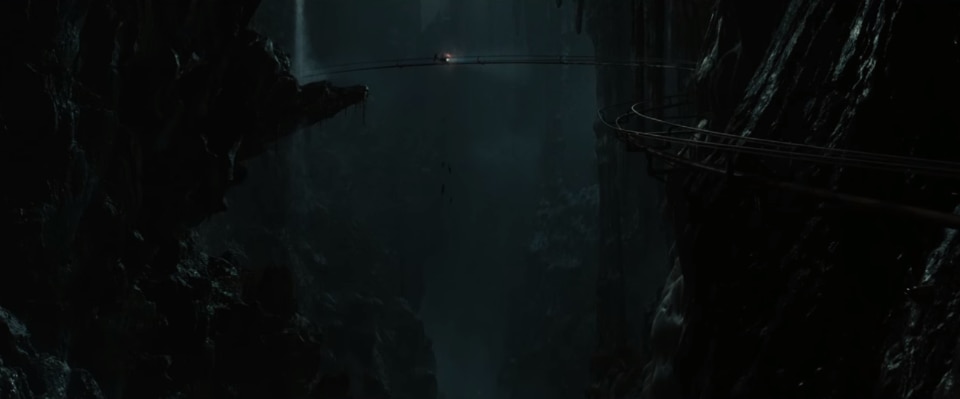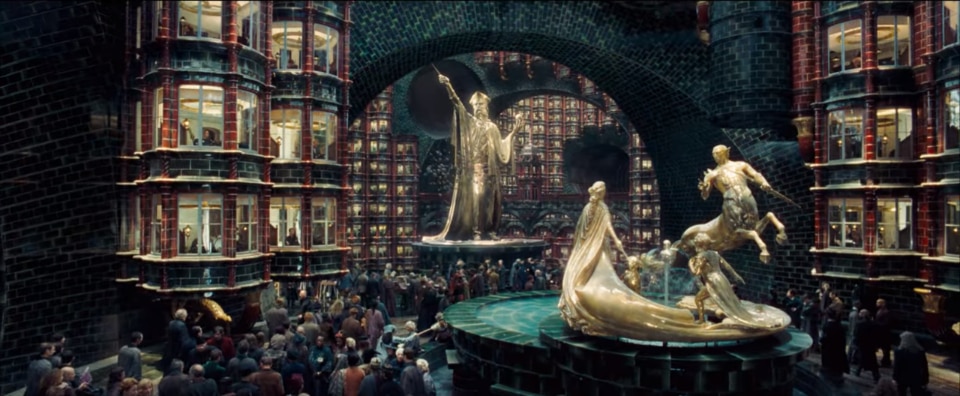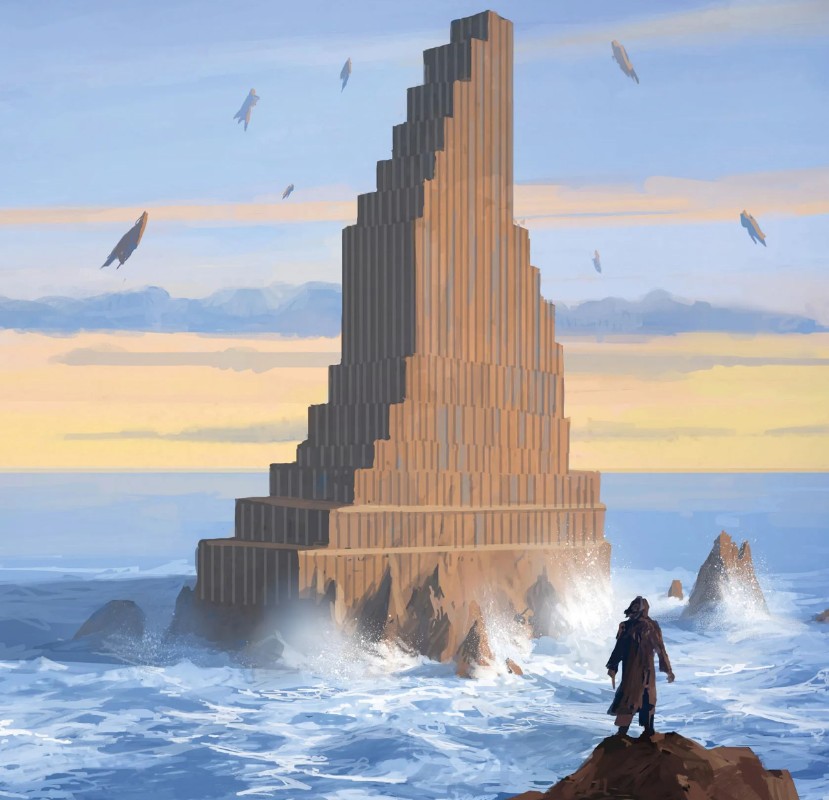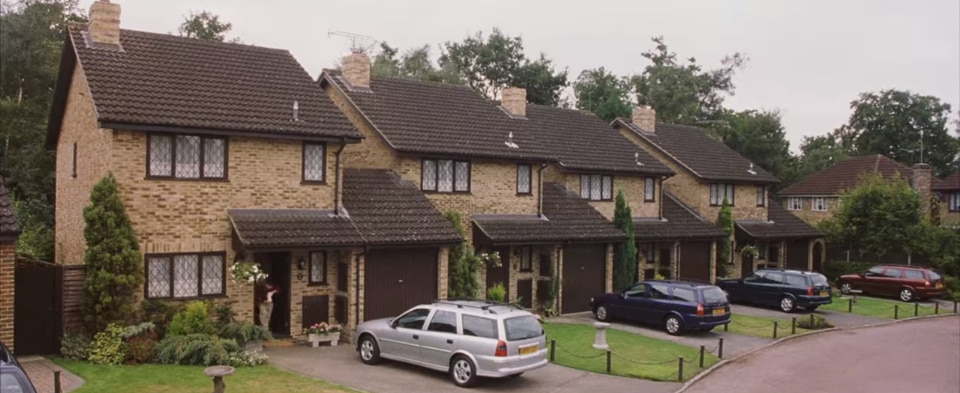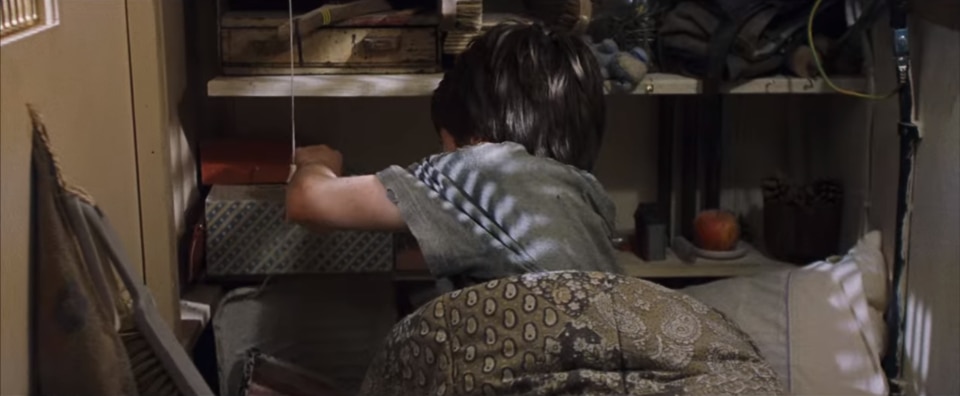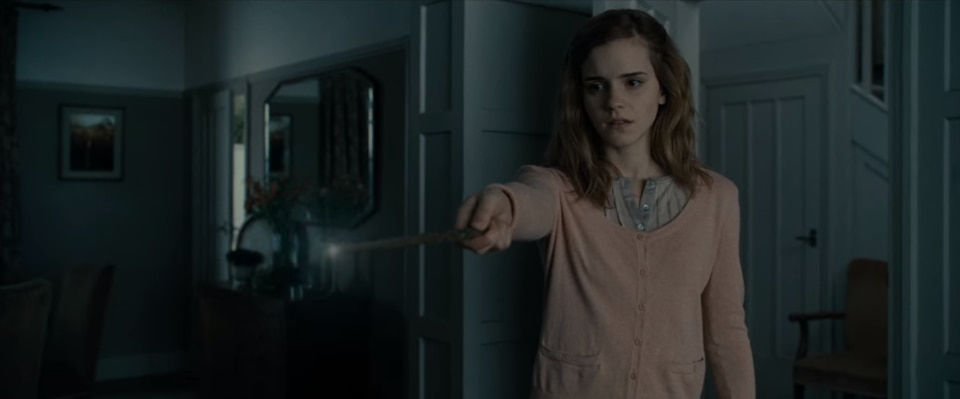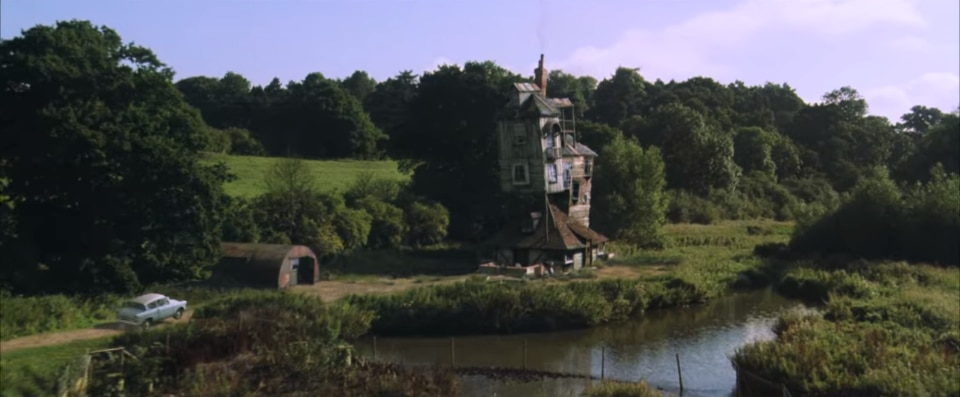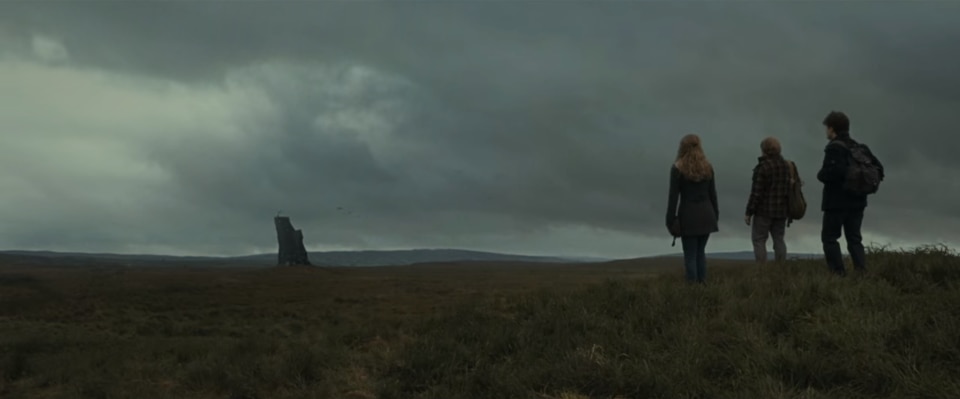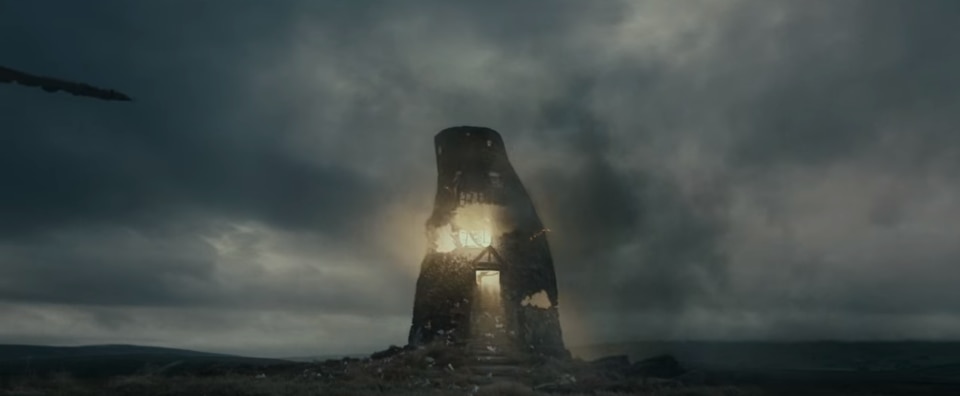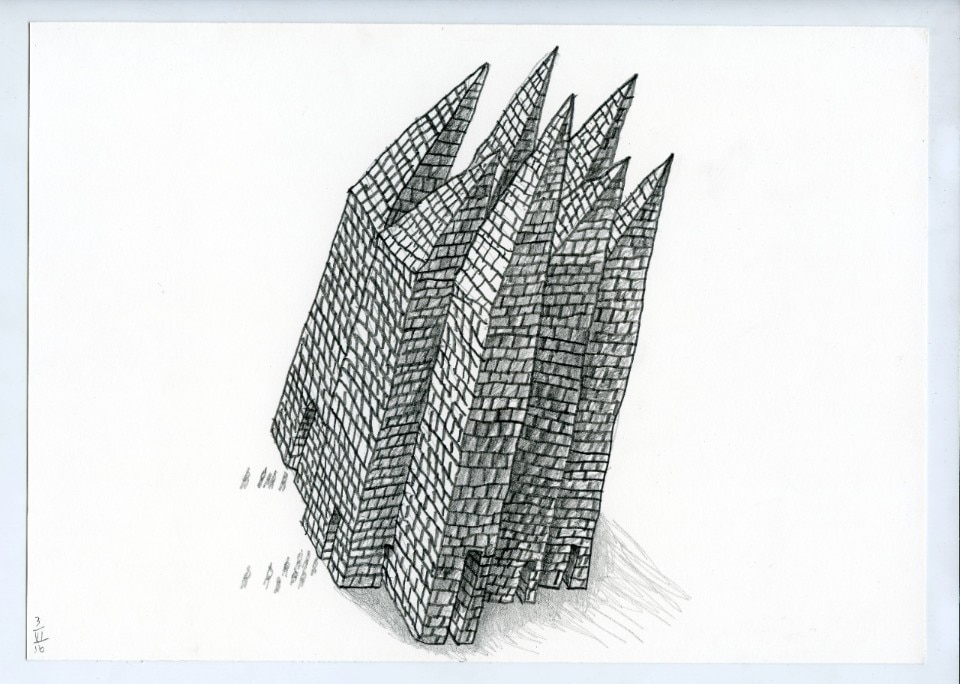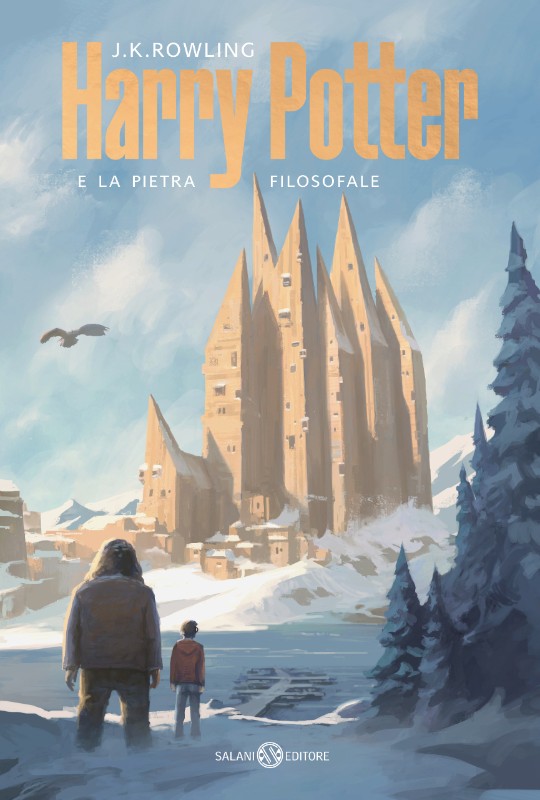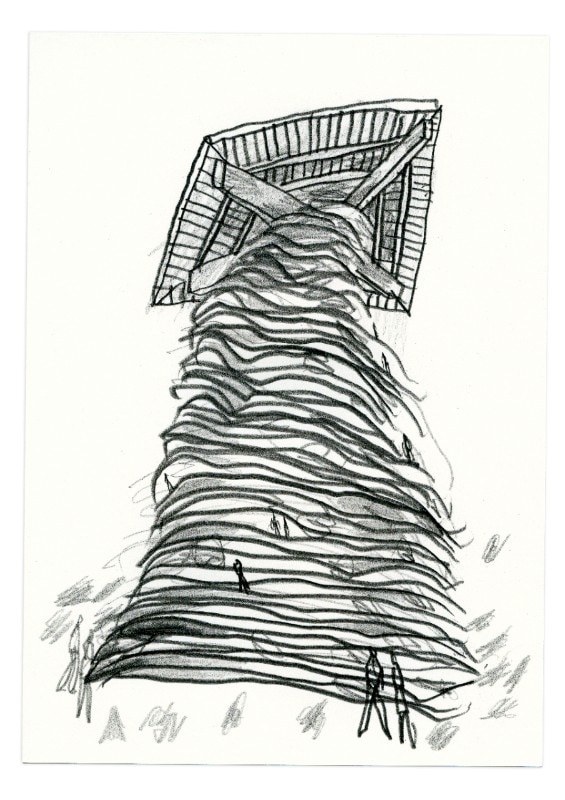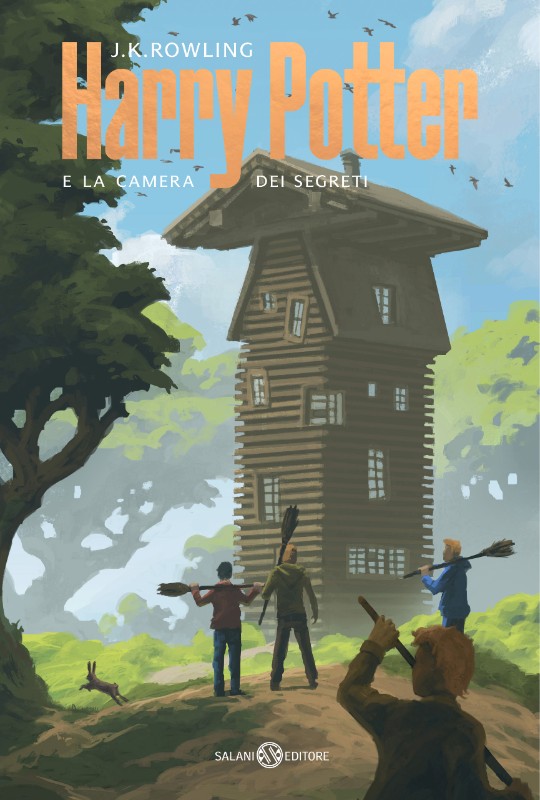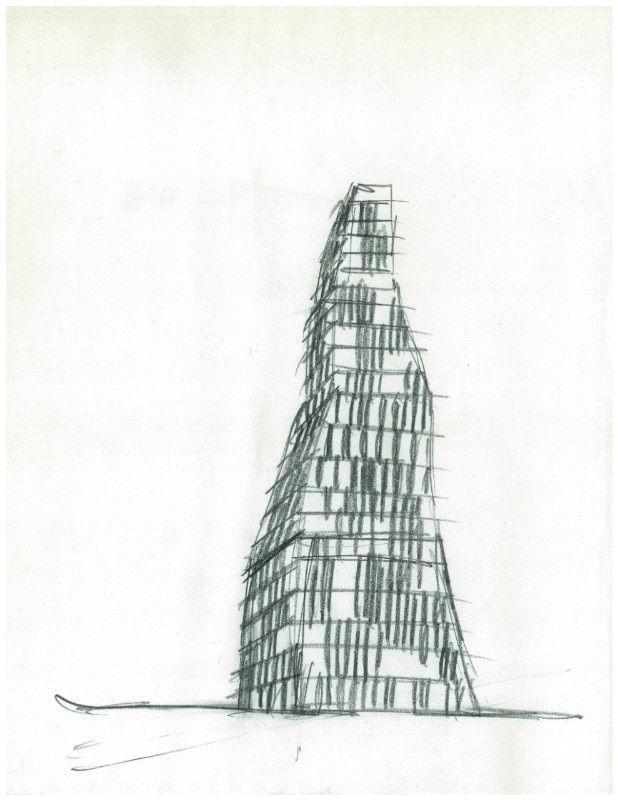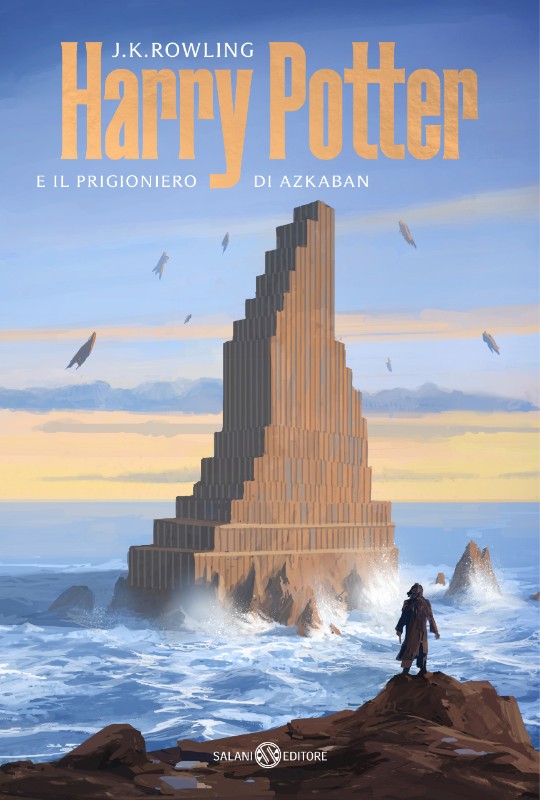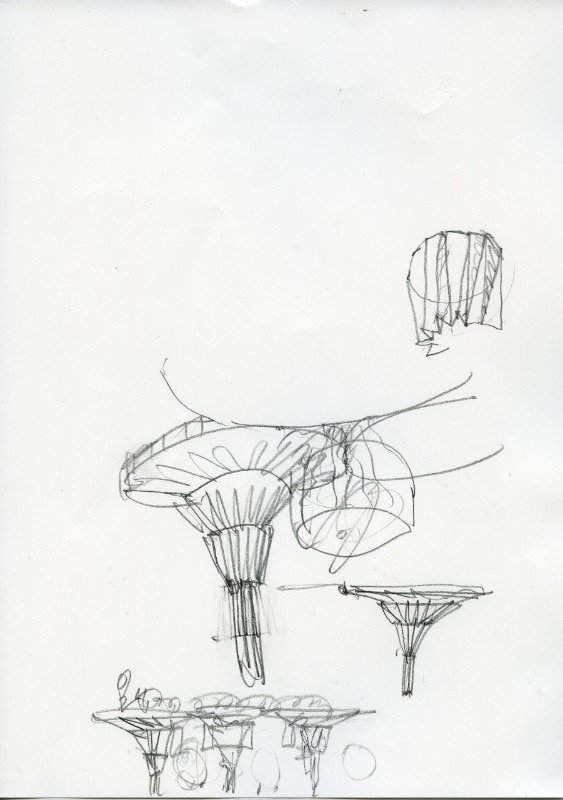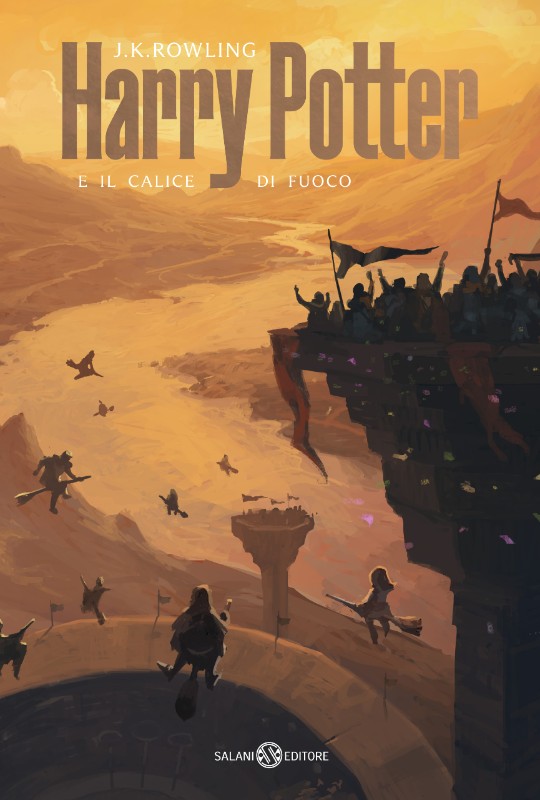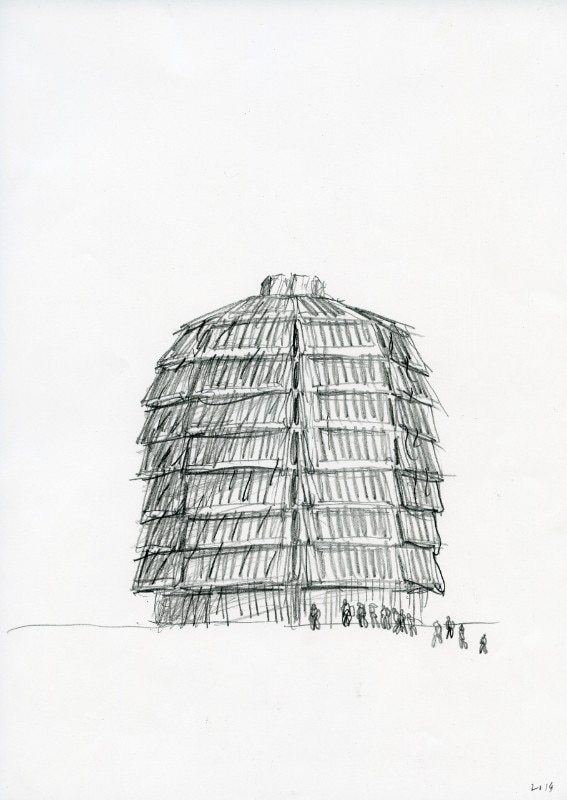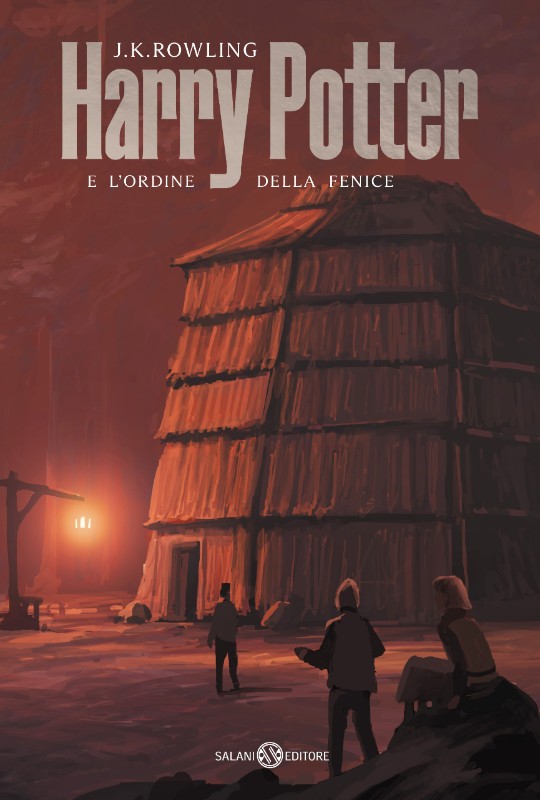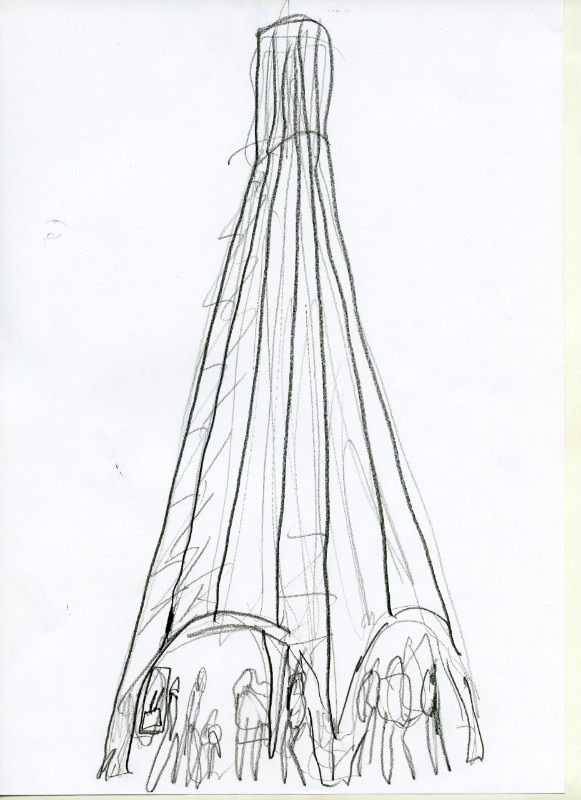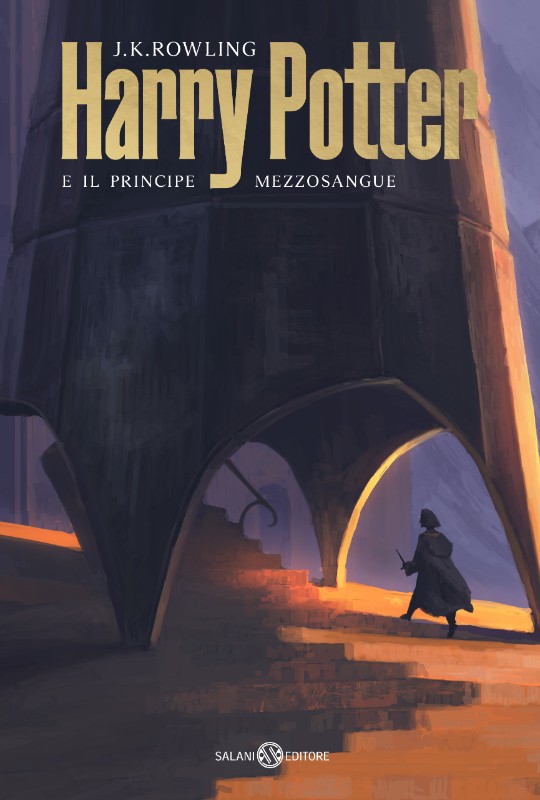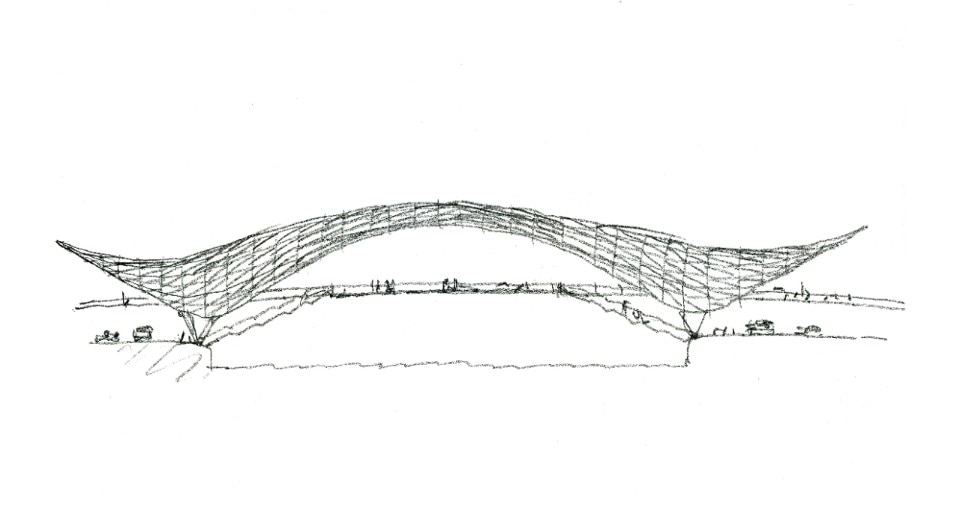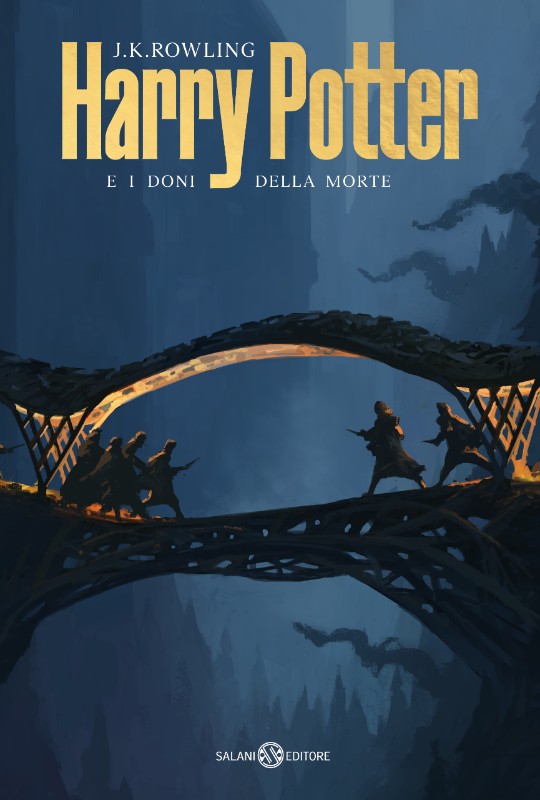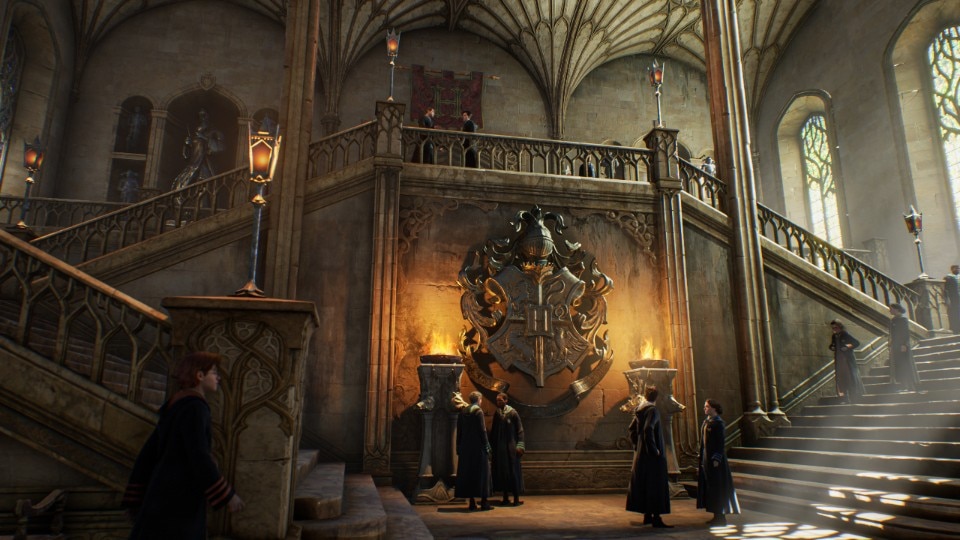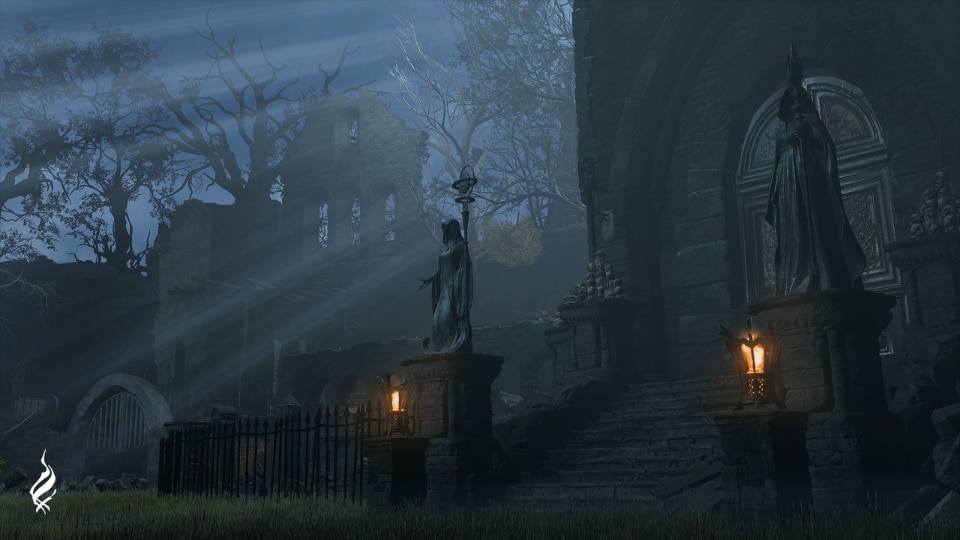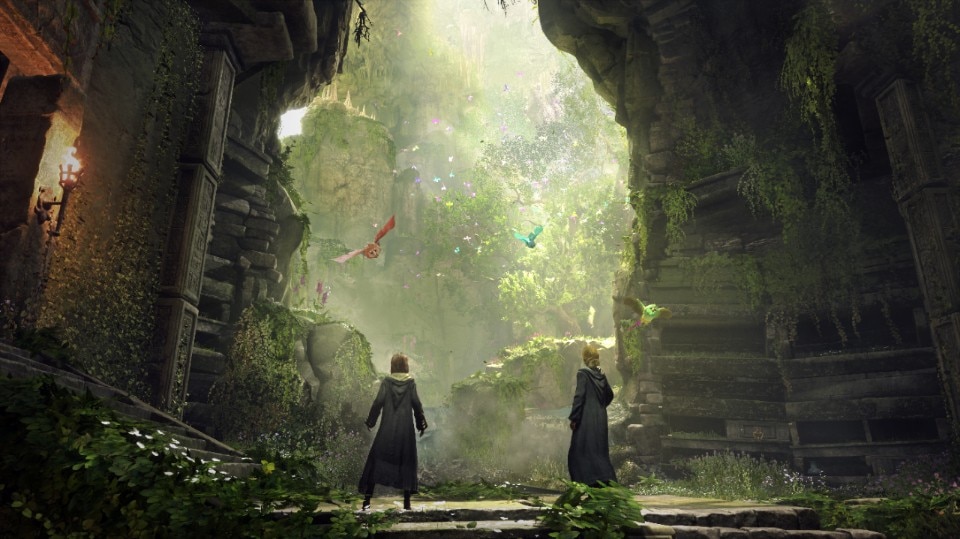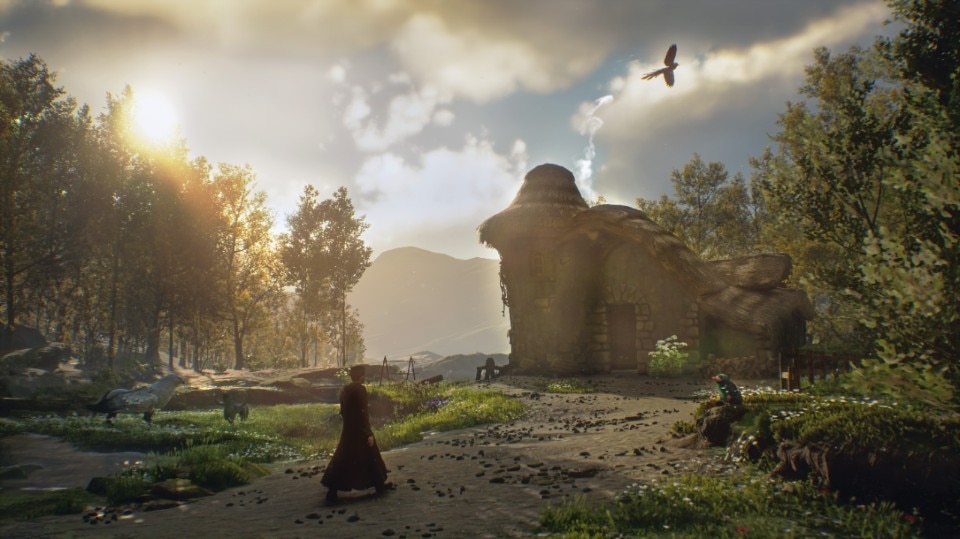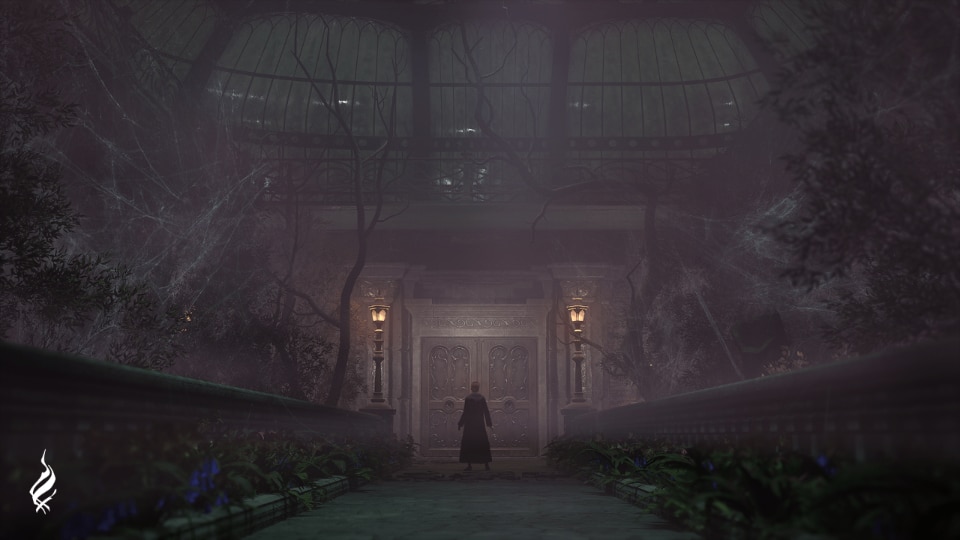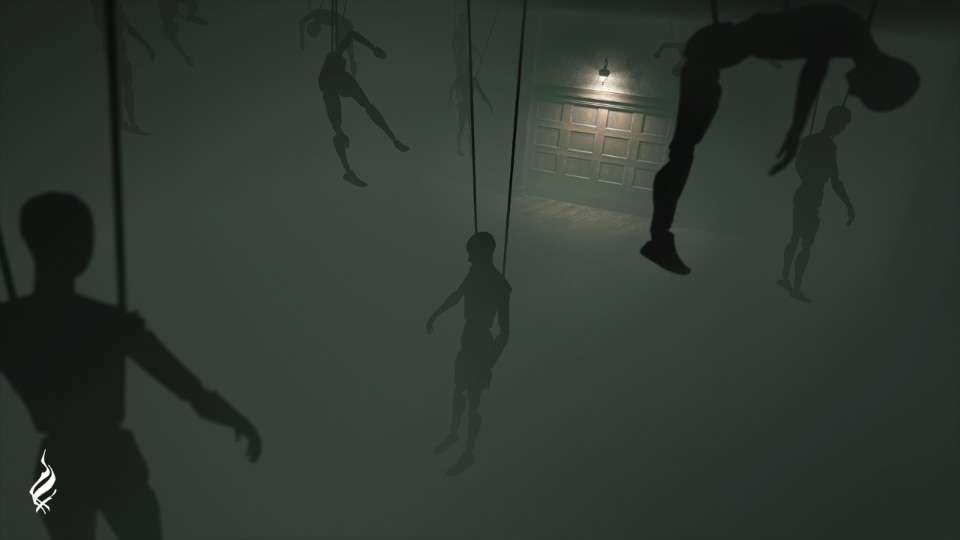It’s 1997 and the Bloomsbury publishing house just released the first edition of Harry Potter and the Philosopher’s Stone, the first of a total of seven books all written by J.K. Rowling. The last book was finally published ten years after the first, in 2007. Meanwhile, Harry Potter became a worldwide phenomenon that changed our relationship with the fantasy genre which is now imbued with newly found youth.
The readers’ collective imagination, that of preteens and teens in particular, was molded by new inputs that reinterpret and mix preexisting writing styles of fantasy novels and add peculiar new elements. Among the strongest point of this saga there are its settings: Diagon Alley, Hogsmeade, Azkaban, the Gringotts Wizarding Bank, the Ministry of Magic, and, above all… Hogwarts School of Witchcraft and Wizardry.
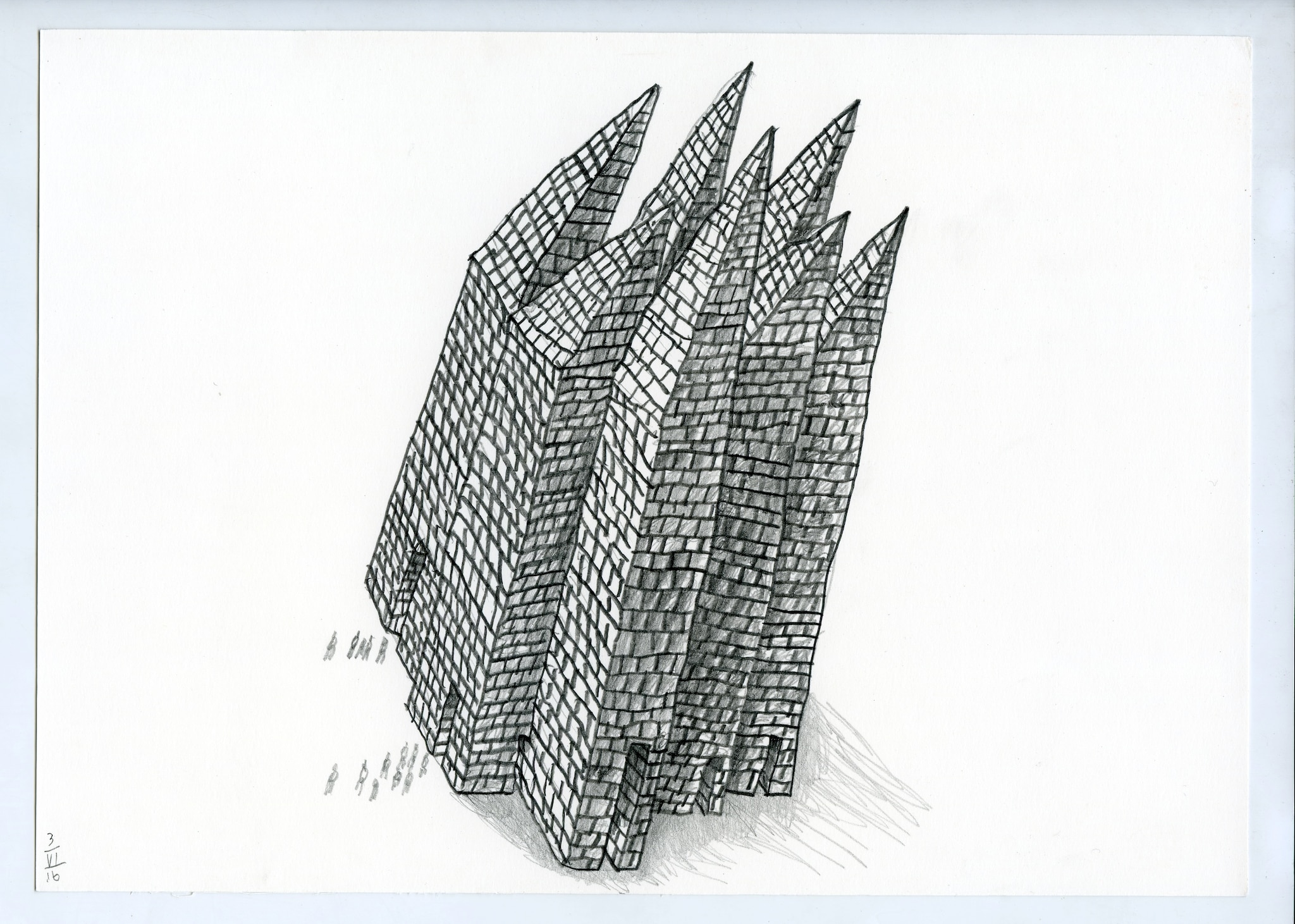
Seven books (1997-2007)
The seven books that make up the series are designed to ideally accompany new readers into adulthood, changing their linguistic register with each book. Even in purely descriptive terms, the author goes from sentences full of alliteration and linear and simple descriptions in the first part of the story to more complex paragraphs both in terms of their terminology and different reading layers in the last frantic sequence of events.
Rowling manages to do all this by using different nuances that influence the emotional experience of the reader by pulling them closer or pushes them further away from the places she describes.
“The hall lit by thousands and thousands of candles that were floating in midair over four long tables, where the rest of the students were sitting. […] a velvety black ceiling dotted with stars.” In Harry Potter and the Philosopher’s Stone, with just a few effective words, Rowling manages to create a unique and iconic image in the minds of both young and old.
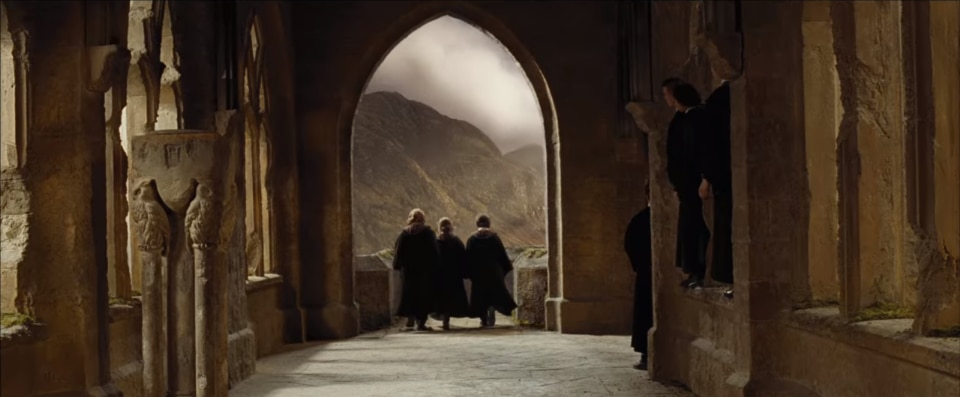
Harry Potter at the cinema (2001-2011)
Despite the visual ingenuity of a film made in a time period in which movies are not backed by the sumptuous budget of the following years, Harry Potter and the Philosopher’s Stone, the film the saga debuts with in 2001, lays the foundations of a visual alphabet that will later be used (and overturned) many times.
In the movies, the Great Hall in Hogwarts conveys exactly the same sensations of warmth, welcome, and safety (albeit with a shadow of mystery) associated with the first impression Harry has in the book as a new student. During the years, that safe environment will change its face several times and will even become a hostile place.
If, despite everything, Hogwarts managed to remain an (almost) impenetrable fortress in Harry Potter and the Prisoner of Azkaban (2004), in Harry Potter and the Half-Blood Prince (2009) evil manages to slither inside. The austerity of the Ministry of Magic invades a jovial world, making the new status quo very clear even (and especially) in visual terms. The stony castle of Hogwarts, mutable by definition since the staircases “like to change,” is restructured and becomes the stage for a rigidity that comes from manias of control and hegemony: everything becomes less bright, the hues become darker, and the world as all the fans know it chances inexorably.
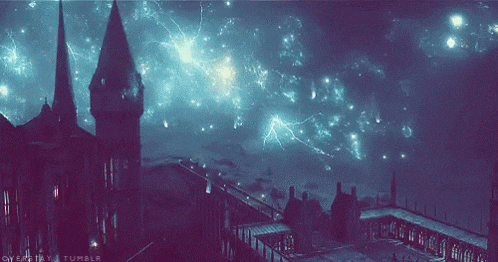
Later, in the epilogue, which was divided into the two movies Harry Potter and the Deathly Hallows – Part 1 and Part 2 in the theaters in 2010 and 2011, the school itself falls to pieces, crumbling under the looming, and now evident, weight of the villain of the saga, Voldemort. The colors become corrupted and the lights grow dim. Each and every space becomes dirty, unequivocally representing the end of innocence and the unambiguous transition from childhood to adulthood.
The main characters trio, consisting in Harry, Ron and Hermione, goes through hell: the ground they walk on disintegrates beneath their feet while, at the same time, the hard stone becomes increasingly bare and less “magical” inside the school, especially in their absence.
Beyond the events that connect Harry Potter to his inescapable fate, the backbone of the narrative is its dynamic approach to the environment and the way it keeps the viewer glued to the screen.
The play (2016-today)
After the film experience, the complex world of Harry Potter comes back with a play in 2016, five years after the last movie, with Harry Potter and the Cursed Child, a production written by J.K. Rowling and the playwright Jack Thorne and directed by John Tiffany. The play is set 19 years after the original saga and it is still playing today at the Palace Theatre in Soho, London.
The stage machinery does not make the audience long for the film setting. Hogwarts pointed arches and barrel vaults come back to life under the stage spotlights, just like does the chromatic dichotomy between good and evil, with warm and cool hues, in particular where magic takes the center stage.
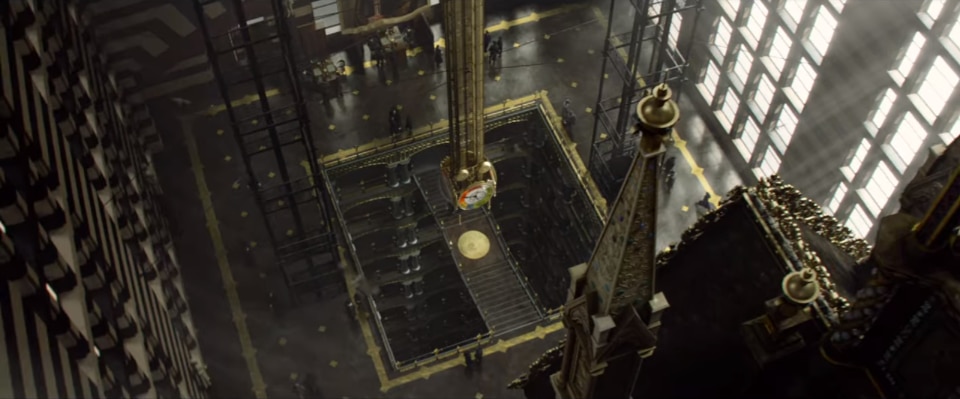
Fantastic Beasts (2016-today)
A few months after the play debut, a new story reaches the big screens: Fantastic Beasts, starring the magizoologist Newt Scamander. The trilogy is a prequel to the renowned saga.
Even in this cinematic iteration, the audience is once again brought back to Hogwarts and, despite the more mature tones, it is impossible for the fans who grew up with the original movies (and who have now become adults) not to wince at the sight of the world’s most famous school of magic, even though the magic of their childhood seems to have vanished, forever – at least in part.
Hogwarts Legacy (2023)
Finally, we get to the present…with a leap into the past. Hogwarts School of Witchcraft and Wizardry comes back to life once again, this time as a videogame, Hogwarts Legacy, a role-playing-game developed by Avalanche Software and published by Warner Bros. Interactive Entertainment.
It’s not the first time that the Harry Potter world makes its appearance among the home consoles: there are about twenty Harry Potter themed titles for PC, console and smartphone. However, the recently released game is definitely the most captivating, engaging, and credible game ever made in terms of recreating the architecture and the immersive experience of the Harry Potter world.
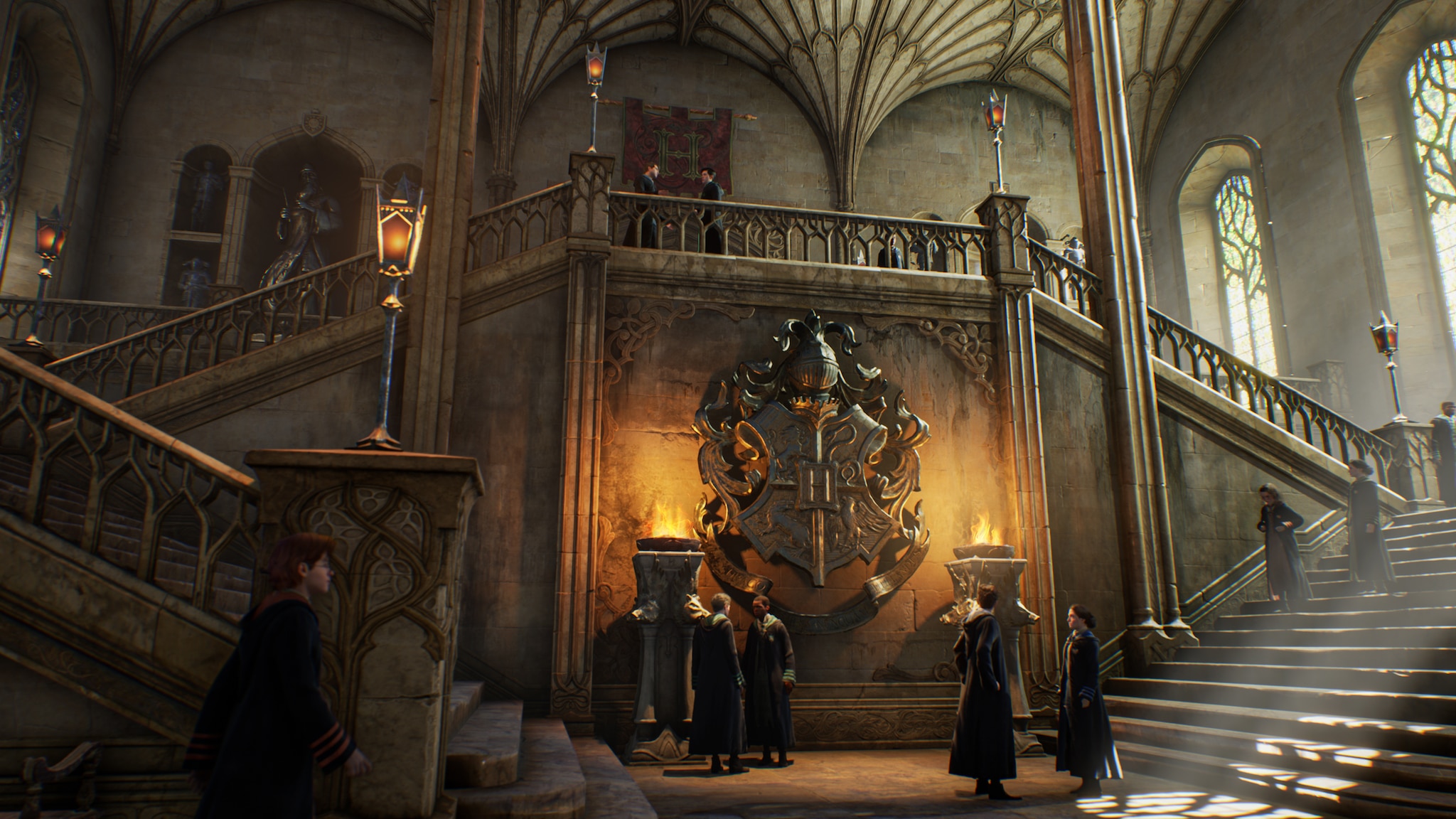
Despite the time jump of about a century from the time Harry and his friends attended the school, Hogwarts is still huge, impressive and fun to explore. The places we saw in the movies and we read about in the books have been recreated with incredible accuracy and they hide many curiosities and surprises. It is easy to lose yourself while observing the common rooms of the different houses or while taking in the view from the castle, to get entranced by the faithful texture of the materials and by the play of light and shadow on the different backgrounds.
In terms of materials, the feeling of tangibility is strong thanks to the possibility the player’s character has to interact with their surroundings and all the things that crowd the magical world. A simple yet effective and sound mechanical structure allows the player to learn and repeat certain patterns within specific mission, allowing even those who are not too familiar with the videogame world to experience and enjoy, in the most immersive way possible, the nearly-thirty-year-old world of Harry Potter.
Opening image by BK on Unsplash
- Books:
- The books of the Harry Potter saga were written by J. K Rowling, in order: Harry Potter and the Sorcerer’s Stone (1997), Harry Potter and the Chamber of Secrets (1998), Harry Potter and the Prisoner of Azkaban (1999), Harry Potter and the Goblet of Fire (2000), Harry Potter and the Order of the Phoenix (2003), Harry Potter and the Half-Blood Prince (2005), Harry Potter and the Deathly Hallows (2007), Harry Potter and the Cursed Child (2016). Amdl Circle edited the covers of the latest Italian edition, to be published by Salani Editore in 2021.
- Film:
- The eight films of the Harry Potter saga are distributed by Warner Bros and can be watched in Italy via streaming on Prime Video and Netflix.
- Play:
- Harry Potter and the Cursed Child is a two-part play written by Jack Thorne, based on a subject by Thorne himself with J. K. Rowling and John Tiffany. It is currently still on stage at the Palace Theatre in Soho, London.
- Videogame:
- The video game entitled Hogwarts Legacy was developed by Avalanche Software and published by Warner Bros. Interactive Entertainment.
- Fantastic Beasts:
- Fantastic Animals is a film series written by J. K. Rowling and produced by Warner Bros, which serves as a prequel to the Harry Potter saga.


